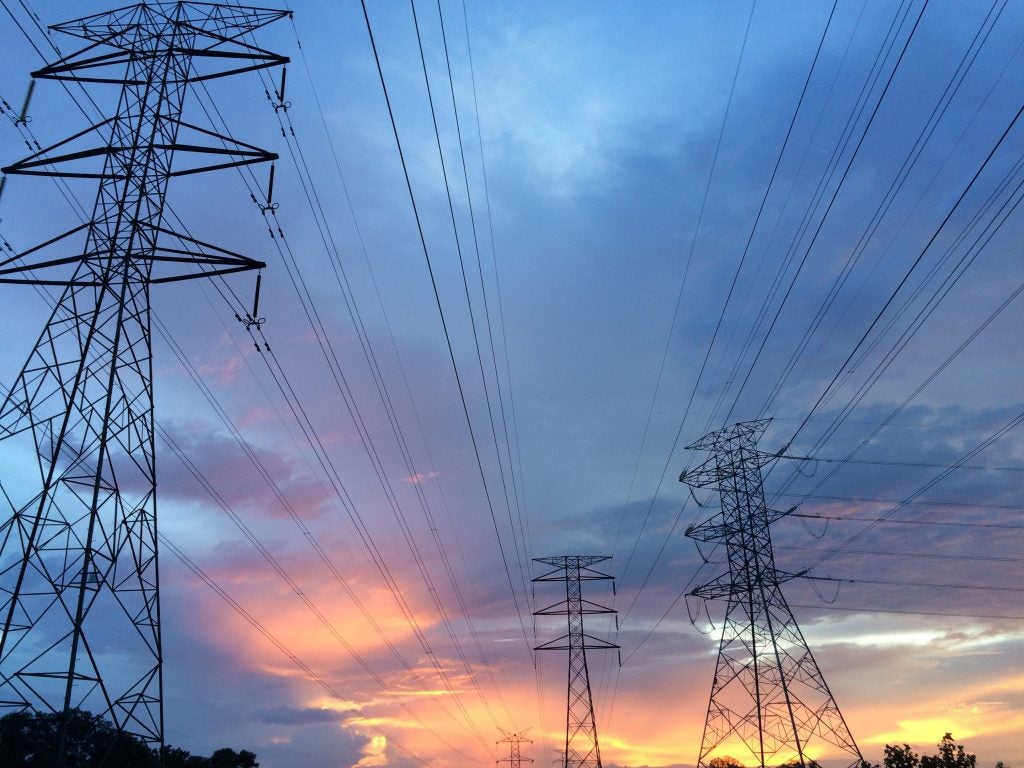 (This post was co-authored by EDF’s Sarah Ladin and Romany Webb of the Sabin Center for Climate Change Law at Columbia Law School)
(This post was co-authored by EDF’s Sarah Ladin and Romany Webb of the Sabin Center for Climate Change Law at Columbia Law School)
As the owners and operators of immense infrastructure, electric utilities are particularly vulnerable to the impacts of climate change.
Many electric utilities are already struggling to respond to higher temperatures, changing rain patterns, more intense storms, and other climate impacts. Those impacts impair the operation of electric generation, transmission, and distribution infrastructure. The situation will only worsen in coming decades, which makes it imperative that electric utilities act now to identify future climate impacts and develop tools and processes to manage them.
This type of planning is not just good practice, however. In our new report, Climate Risk in the Electricity Sector: Legal Obligations to Advance Climate Resilience Planning by Electric Utilities, we show that it is also legally required under state public utility law and tort law.
The consequences of climate change are already presenting significant physical risks to electricity infrastructure. In California, record-breaking high temperatures, along with severe wildfires, contributed to forced blackouts this summer. In addition to the tragic loss of human life they cause, hurricanes and other extreme weather events across the Gulf and the East Coast damage or destroy electricity infrastructure each year, leading to widespread power outages.
In the past, electric utilities have sought to mitigate the risk of weather-related outages by designing their systems to withstand and quickly recovery after an extreme weather event, based on historic weather patterns. However, with climate change now causing major shifts in historic patterns and more frequent and severe extremes, electric utilities must fundamentally rethink their approach.
Electric utilities should be reorienting risk assessment and management efforts to focus on and address increasingly knowable climate change impacts. Doing so requires electric utilities to engage in climate resilience planning, a two-stage process involving the development of:
- A climate vulnerability assessment, which identifies where and under what conditions electric utility assets are at risk, how those risks will manifest, and what the consequences will be.
- A climate resilience plan based on that assessment, which outlines measures to reduce the risk to vulnerable assets.
Climate resilience planning is a valuable tool to integrate climate considerations and protect a utility’s infrastructure and ratepayers from the increasing risk that climate change poses. Yet, only a few electric utilities have engaged in climate resilience planning. This is true even though the process is well known and the data and modeling required is, in many cases, already available to electric utilities.
The failure to engage in effective climate resilience planning leaves electric utilities ill-equipped to deal with future climate impacts, which increases the potential for climate-induced service disruptions and associated costs for customers. It also puts electric utilities at risk of breaching their obligations under state public utility law and tort law.
As our report shows, state public utility law requires climate resilience planning under several key principles of ratemaking — for instance, the rules that state utility commissions apply to ensure that electricity rates are “just and reasonable” — and under a utility’s “duty to serve” — that is, its obligation to provide reliable service and take reasonable steps to minimize outages. We argue that electric utilities can only meet their obligations under public utility law if they acknowledge climate impacts and institute effective processes to plan for them.
Failing to engage in climate resilience planning also opens electric utilities to liability under tort law, which requires utilities to avoid foreseeable harm when performing acts that could injure others. Our report details the potential for a new type of tort claim – described as a “climate resilience claim” – that arises where an electric utility fails to adequately engage in long-term planning to prepare for reasonably foreseeable climate impacts to utility assets and/or operations, resulting in personal injury or property damage.
You can read the full report here, and a two-page summary here.









